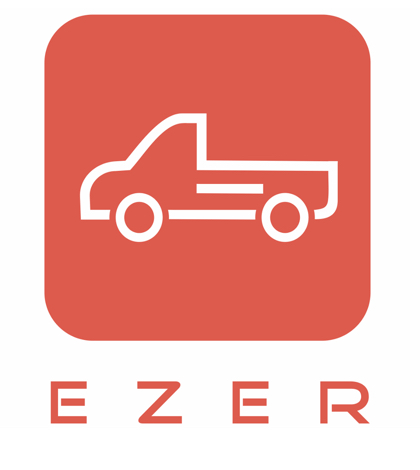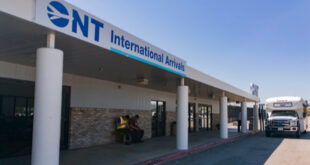Lots of things have gone right for EZER, the Pomona-based company modeled after Uber – except that it moves goods instead of people – since it began operating early last year.
It’s attracted some interest outside of California, expanded its service area, slightly, outside of the Inland Empire and it’s doing well enough to attract investors, according to Glenn Todd, the company’s founder.
Todd, who also owns Todd Construction Services in Pomona, is sticking to the prediction he made when he started EZER that the company will be profitable next year, but he’s altered his original business model since the start of 2017.
He spoke with IE Business Daily about a change in direction for EZER that he began implementing about four months ago, why now is a good time for the company to pursue investors and how EZER is performing out of state.
(This is the fourth in a periodic series on the start-up company).
Q: How would you assess EZER now compared to when you started 18 months ago?
A: I would say things have improved four-fold. We have fulfillment centers and distribution centers calling us and asking about our service. We’re doing well enough that we’re starting to reach out to some financial advisors. I think that’s the best way to grow the business. We’re going to be looking for some major investors in the next 30 to 60 days.
Q: Are you covering the same territory you covered when you started?
A: Yes. Essentially the Inland Empire, but we’re starting to get some calls from Los Angeles, and a few in Orange County. But we’re still based in Pomona, and we still consider ourselves an Inland Empire business.
Q: How many drivers do you have?
A: Eleven who are driving for us on a regular basis, and about 80 who are on call in case we need them. We started with 23 drivers but it turned out we didn’t need that many, except at Christmas.
Q: How many calls are you getting on a typical day?
A: It varies. Sometimes just two or three, sometime a lot more. On average, we’re getting enough business to keep 11 drivers busy.
Q: Earlier this year, you announced that you had expanded into three out-of-state markets: Minneapolis, Pittsburgh and South Florida. Combined, you had about two dozen drivers in those markets. How is that working out?
A: Not too bad. Minneapolis has been going great, but Pittsburgh has been a little slow. In South Florida – Dade County – we’re just getting started. The best part is that, in all three of those markets, someone approached us after they heard about our business model.
Q: What do you consider your biggest success so far?
A: Getting some of the businesses, especially the larger businesses to sign up with us. I think that has given us the feeling that we’re starting to grow, that we’re gaining some traction.
Q: Have you changed your business model, tweaked it in any way?
A: Yes, we have. When we started we were primarily about helping the guy who bought something at Home Depot that was so large he couldn’t fit it in his car and get it home. That was our target, but now we’re more interested in working with the store itself and the companies that supply them. We’ll still work with the guy in the parking lot, but he’s not our primary target anymore.
Q: You mentioned distribution centers and fulfillment centers that are interested in using EZER. Is that another market niche you’re pursuing?
A: Yes. It’s an area where I know we can do a lot of business. There is a thing in logistics called the last mile, which means that it’s easy to get something from New York to Los Angeles, and it’s also not too difficult to get it into the distribution center once it’s in Los Angeles. The hard part is getting it to the actual destination. Someone’s house, in the case of a fulfillment center, where they do same-day delivery. That’s the last mile.
Q: What has been your toughest obstacle to overcome?
A: Putting ourselves in a position financially so that we can get all of the business that’s out there. That’s why we’re talking to investors.
Q: Have you attracted any competition? Has anyone else tried to do what you’re doing, i.e., be like Uber except move goods instead of people?
A: In the past year, there have been two companies that tried to copy us, but they haven’t been able to do very much. Neither one of them had the same business model we have. We like to think that we don’t have any competition.
Q: When you started, you said you expected to be making money sometime in 2018. Do you still stand by that prediction?
A: Yes, I think we’re on target to turn a profit late next year. We will go from red to black. But we aren’t there yet.
Q: In retrospect, knowing what you know now, what changes would you do anything differently in starting the business?
A: I don’t think I would do anything differently. Looking back, I think the way we’ve tried to do this has basically been correct.
 IE Business Daily Business news for the Inland Empire.
IE Business Daily Business news for the Inland Empire.


